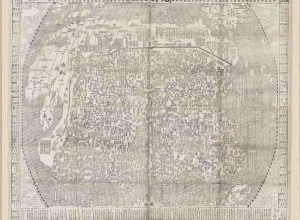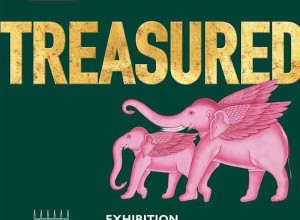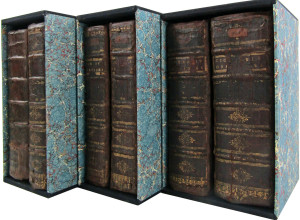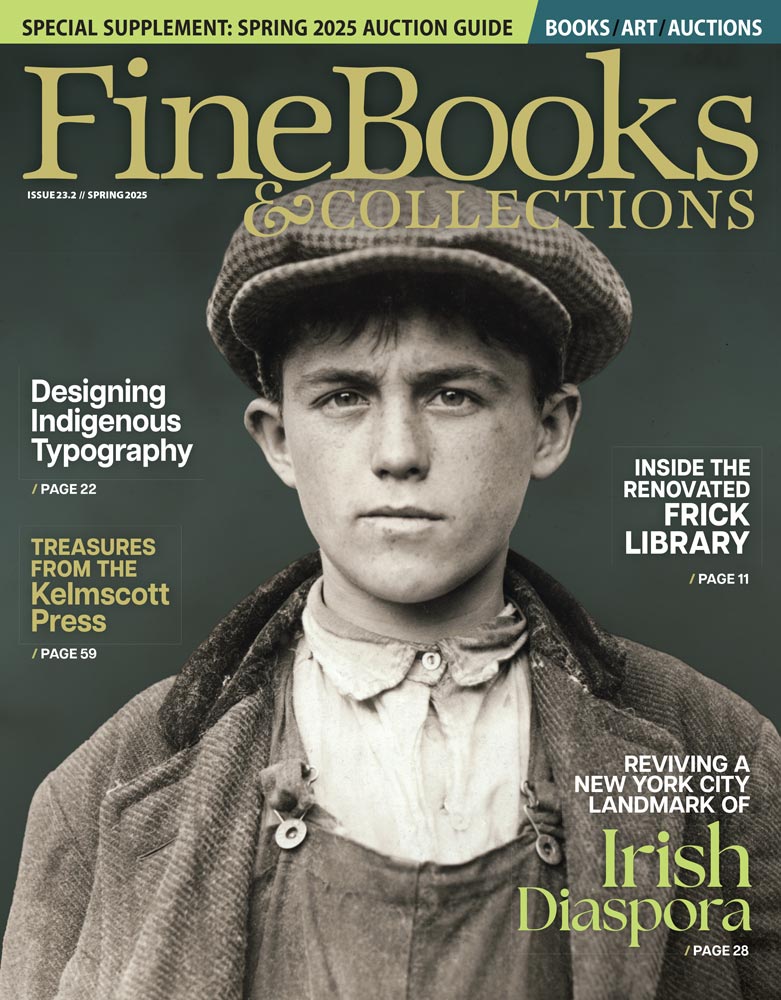The Lough Kinale Book Shrine: Rare Book of the Week
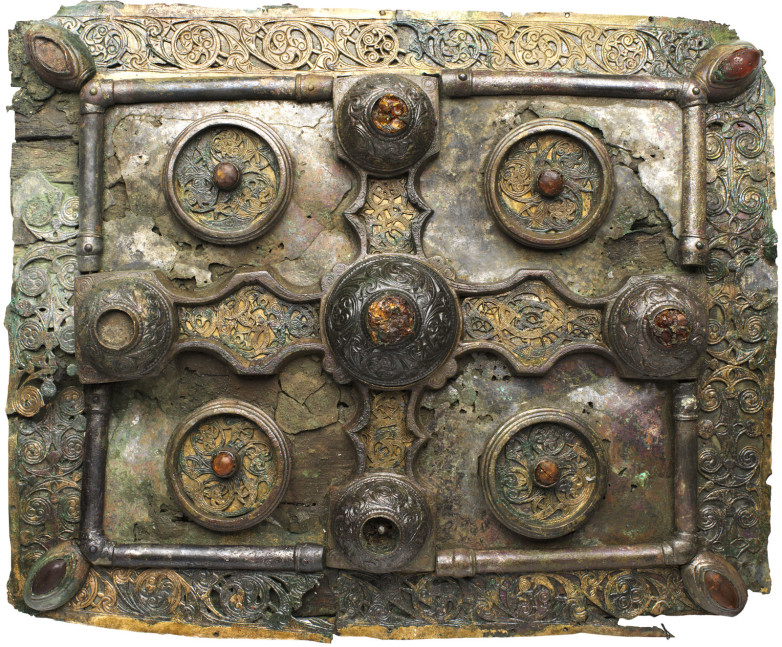
The Lough Kinale Book Shrine
The Lough Kinale Book Shrine is Ireland’s oldest and largest container for a sacred book and has gone on display for the first time after nearly two years of restoration work.
Found broken at the bottom of a Longford Lake in 1986 by metal detectorists, then rescued and conserved at the National Museum of Ireland, there is no way of knowing exactly how the ornate 9th-century shrine ended up in the waters of Lough Kinale, Co. Longford, close to a crannóg or island settlement.
This is the earliest - and at 35cm in length, 28cm wide and 12cm in thickness, the largest - of only eight early medieval book shrines from Ireland and the only one not to be modified in the later Middle Ages. Book shrines were elaborate containers for sacred books, particularly those associated with a particular saint.
The shrine is a wooden box overlaid with tinned bronze plates, its cover taking a form similar to a cross-carpet page in a manuscript. This features a cast copper alloy cross inlaid with gilt intertwined beasts, and large circular bosses with amber studs mark the five wounds of Christ. A roundel in each quadrant of the cross contains openwork discs and amber studs. The edges are decorated with openwork strips with swirling motifs and birds.
The sides are decorated with circular mounts containing cast beast heads and with internal circular openwork plates. A cast handle in the form of a beast would have been attached to each side and to leather straps for carrying. The top and sides were sealed by corner brackets and binding strips. Once the book was sealed within it would not have been possible to open it again without damaging the shrine.
Unfinished beast heads and the rough nature of the decoration on the handles contrast with the beautiful openwork and show, like manuscripts, that several craftsmen with different levels of skill were involved. The combination shows the influence of art styles from north western Europe and the Mediterranean as well as older Irish art forms, which themselves had originated in Iron Age Central Europe.
The shrine is being displayed in Words on the Wave: Ireland and St. Gallen in Early Medieval Europe, a new exhibition at the musuem's Kildare Street site in Dublin running through October 24 which also features the only Irish manuscript ever found in a bog, the Faddan More Psalter. The exhibition focuses on early medieval Ireland and its impact on ideas in Europe, in particular 17 manuscripts on loan from the Abbey Library of St. Gall in Switzerland, a 7th century library in a city named after the Irish monk St Gall. Among items on display are:
- Isidore’s Etymologiae
- Priscian’s Institutiones Grammaticae Latin grammar with thousands of scribbles in the margins by monks in the Old Irish language
- Irish Gospels of St Gall, a mid-8th century book with the earliest depiction of the Last Judgement
- Vellum Reliquary label dating to c. 700AD from the Archives of the Abbey of Saint-Maurice, Switzerland, containing the earliest known written reference to St Brigid and is direct evidence for Irish pilgrims traversing the Alpine pass enroute to or from Rome











